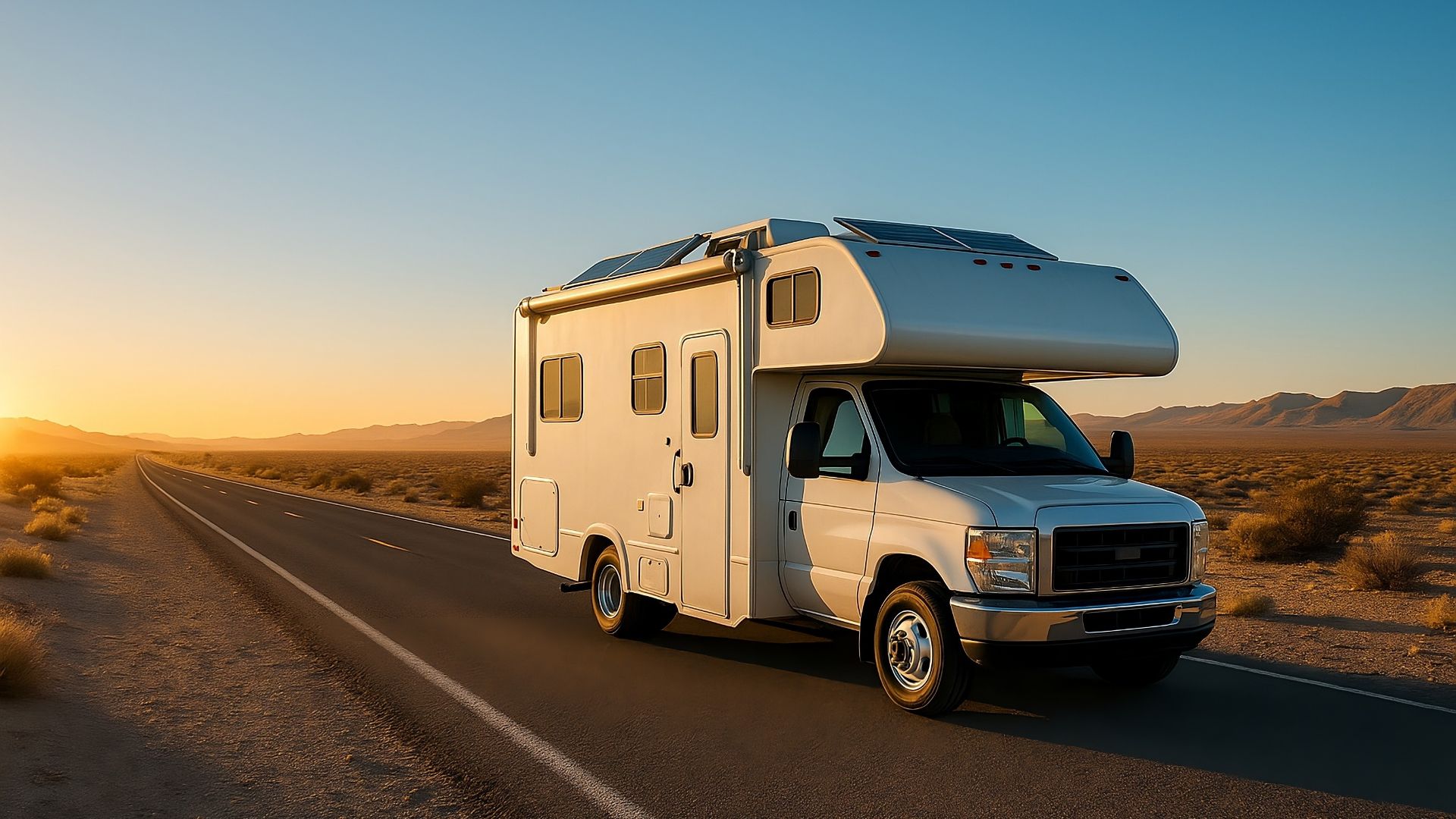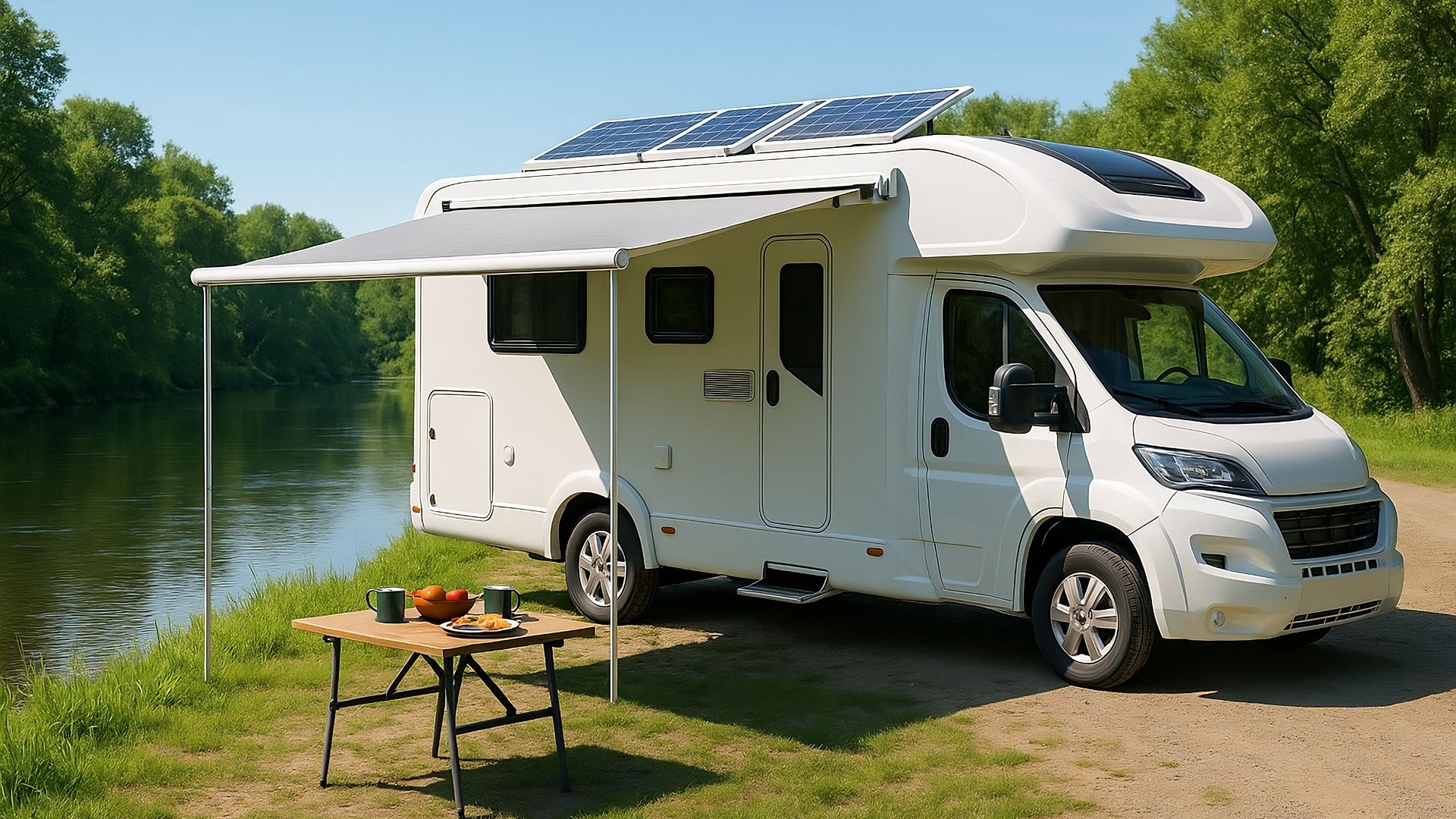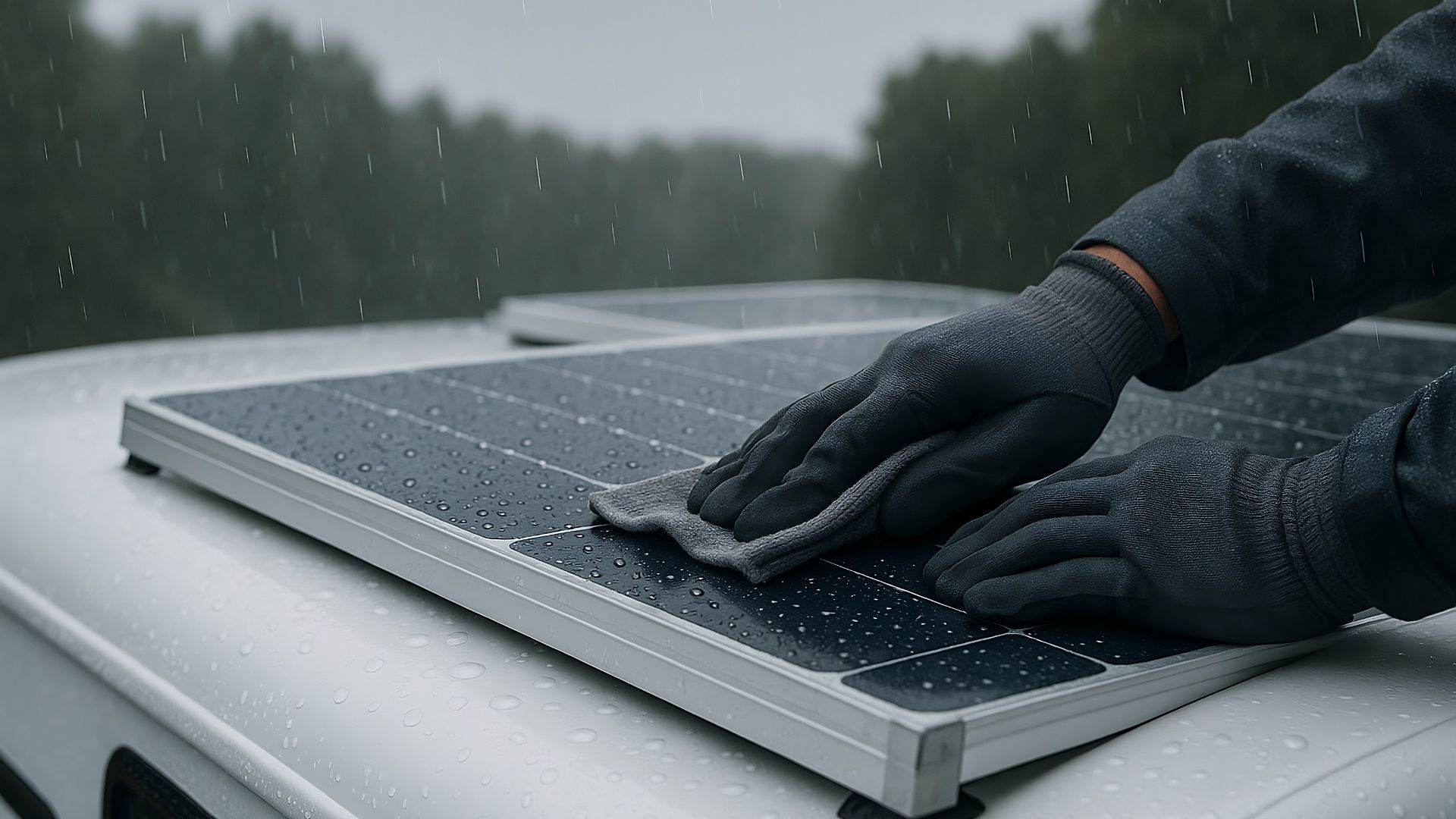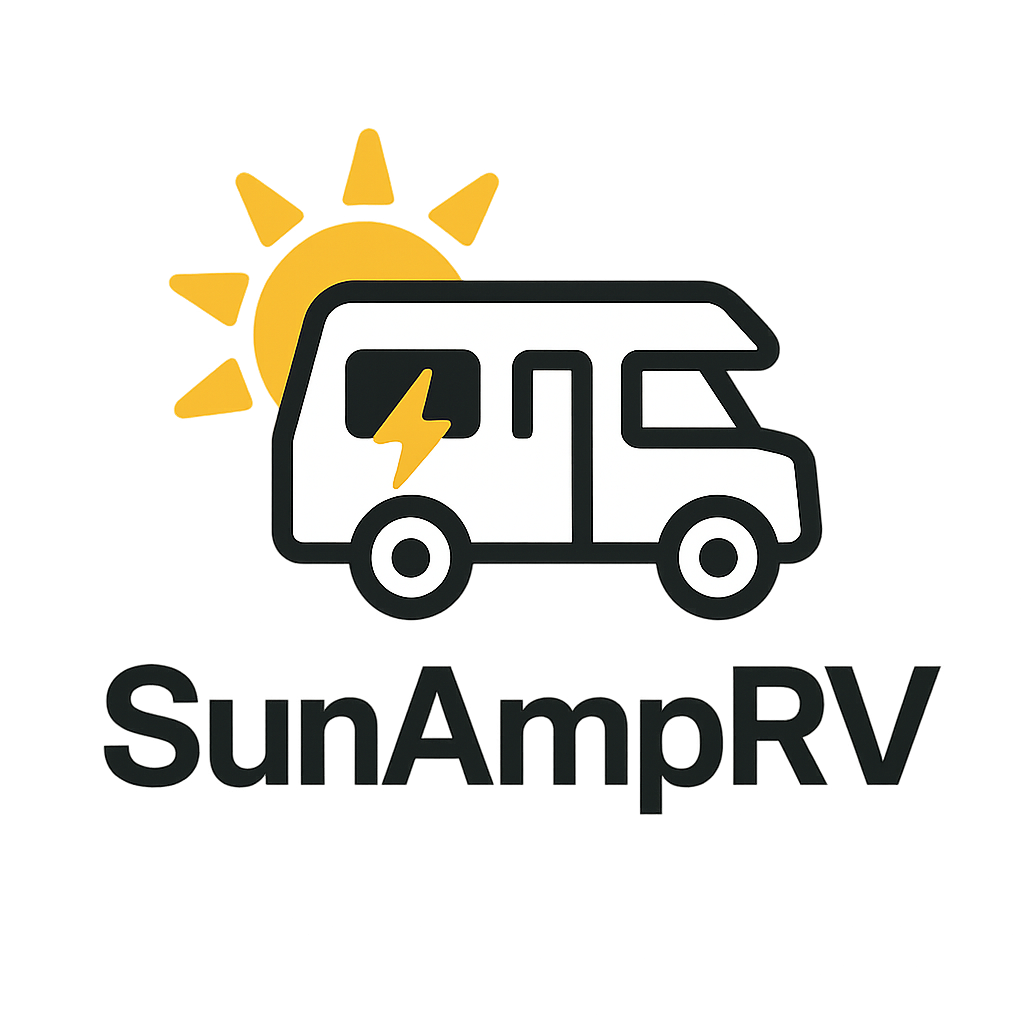
Enhancing your RV’s power system can transform your off-grid adventures, providing reliable energy sources for extended stays and convenience. A DC-DC charger, when combined with an alternator and solar panels, ensures your RV batteries are charged efficiently and sustainably. Here’s how you can upgrade your RV power system.
Understanding DC-DC Chargers
DC-DC chargers play a crucial role in managing the power flow from your vehicle’s alternator to the RV battery system. Unlike a simple alternator connection, a DC-DC charger can regulate the voltage and current, protecting your batteries and ensuring they charge optimally.
Benefits of a DC-DC Charger
- Battery Health: Protects against overcharging and extends battery life.
- Efficiency: Ensures the batteries charge quickly and efficiently.
- Compatibility: Works with different battery types, including lithium-ion.
Integrating Alternators with Solar Panels
Combining the power of your RV’s alternator with solar panels creates a robust charging system. When the engine runs, the alternator provides power, and solar panels offer a continuous charging source when parked.

Advantages of Solar Charging
- Sustainability: Solar panels provide a renewable energy source.
- Cost-Effectiveness: Reduces reliance on fuel and generator use.
- Flexibility: Charge your batteries even when the vehicle is stationary.
Choosing the Right Solar Panels
Selecting the right solar panels is crucial for maximizing your energy collection. Consider the panel’s efficiency, size, and compatibility with your RV setup.
Recommended Solar Panel Options
- Renogy Solar Panel Kit: Known for durability and efficiency. Renogy 200 W Monocrystalline Solar Starter Kit
- BougeRV Solar Panels: Offers excellent performance and easy installation. BougeRV Yuma 100 W Flexible Solar Panel
Battery Considerations
Your RV’s battery type significantly impacts how you integrate DC-DC chargers and solar panels. Lithium batteries are highly efficient and compatible with modern charging systems.
Top Battery Choice
- Battle Born Lithium Battery: Long-lasting and compatible with most charging systems. Battle Born LiFePO₄ 100 Ah Battery
Step-by-Step Installation Guide
Upgrading your RV’s power system may seem daunting, but following these steps can simplify the process.

- Assess Your Current System: Determine the existing setup of your alternator and batteries.
- Select a DC-DC Charger: Choose one compatible with your vehicle and battery type.
- Plan Your Solar Panel Placement: Decide where to mount panels for optimal sun exposure.
- Install the DC-DC Charger: Connect it to your alternator and battery system, ensuring correct wiring.
- Mount the Solar Panels: Secure them to the roof or portable setup.
- Connect a Charge Controller: Use a high-quality controller like the Victron MPPT for efficiency. Victron Energy SmartSolar MPPT 100/30 Charge Controller
- Test the System: Ensure everything functions correctly and troubleshoot any issues.
Portable Power Solutions
For additional flexibility, consider portable power stations as a backup or supplementary energy source.
Recommended Portable Power Stations
- Jackery Portable Power Station: Compact and reliable for on-the-go power. Jackery Explorer 1000 v2 Portable Power Station
- Bluetti Portable Power Station: Offers robust power output and versatility. Bluetti AC70P Portable Power Station
Conclusion
Upgrading your RV’s power system with a DC-DC charger, alternator, and solar panels can significantly enhance your off-grid experience. By carefully selecting the right components and following a structured installation process, you can enjoy efficient and sustainable power wherever your travels take you.
